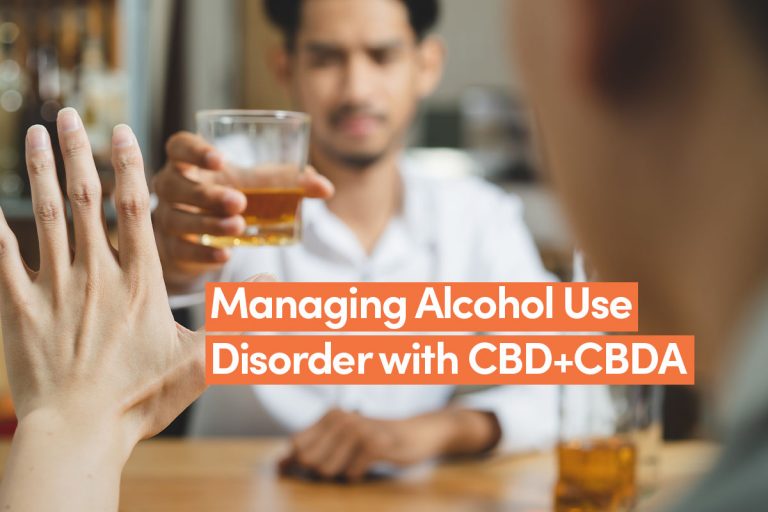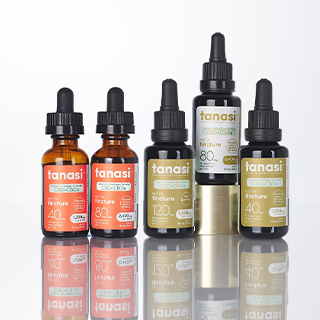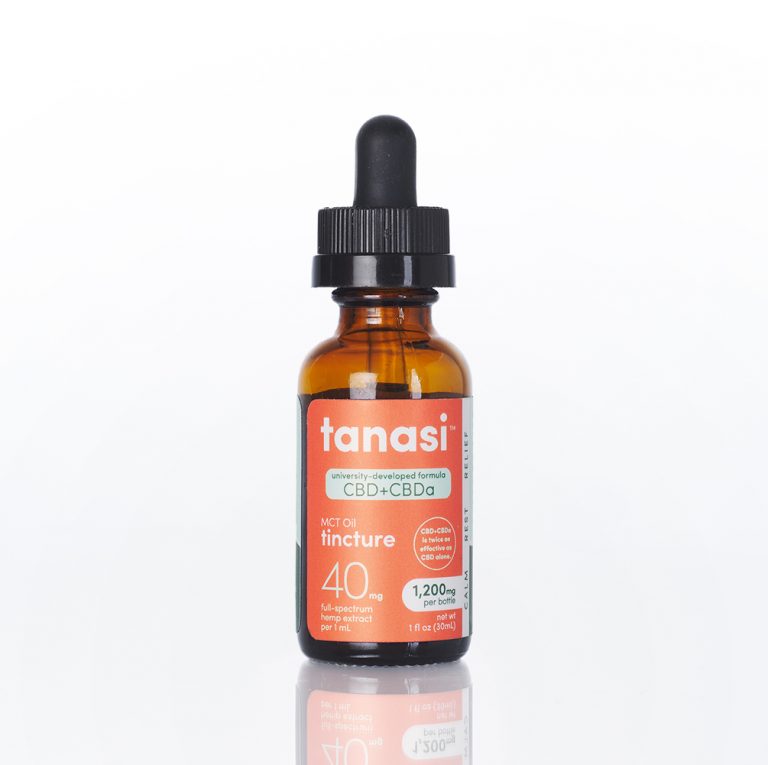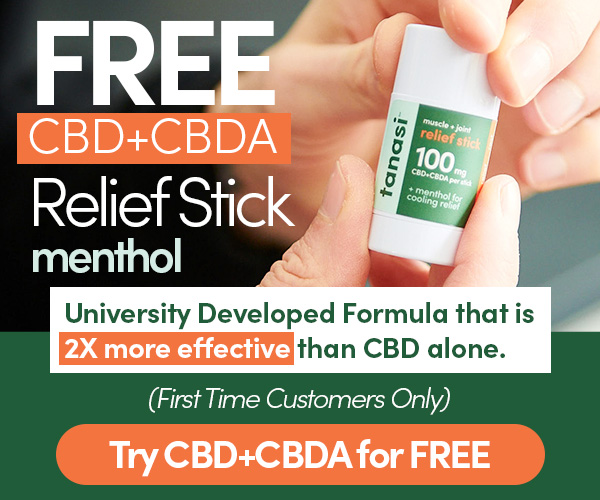CBDa + CBD Bioavailability vs Bioequivalence
Posted on May 11th, 2023
CBD has become quite popular in recent years, thanks to its new legal status. CBD and THC, the main psychoactive component found in cannabis, are both cannabinoids. Yet, CBD, unlike THC, is non-psychoactive. Thus, CBD will not cause you to feel ‘high’ after taking it. Because of that, you can enjoy its effects without suffering any kind of impairment.
Many people report that CBD is a valuable part of their supplemental routines. And that’s especially true when they try Tanasi CBD products, since each of our hemp extracts contains a 1:1, patent-pending formulation of CBDa to CBD, proven to deliver 2X the effects of a product only containing CBD.
Now, even within our product line, each form of CBD + CBD is different. And that’s because there are currently many ways for you to consume CBD with CBDa. Which one you choose to consume will impact how much of the compound actually reaches your bloodstream. This is where the concepts of CBD + CBDa bioavailability and bioequivalence will come in handy. What’s the difference between those two terms? Read on to find out more about CBDa and CBD bioavailability vs bioequivalence. Knowing the difference and understanding these terms can help you get the most out of your supplements.
What Is CBD Bioavailability? 
CBD comes in many different presentations, such as oils, tinctures, lotions, capsules, salves, and many more. All of these presentations have different administration methods, and they also each come with different CBD + CBDa concentration levels. Bioavailability is the degree and rate at which the bloodstream absorbs a substance. It determines how much of the active ingredient in your supplement reaches your system. So, if you understand bioavailability, you will be able to measure the exact amount of CBD and CBDa you consume in each dose you take. Except…it’s a bit more complicated than that. And this is where CBDa and CBD bioavailability comes in.
Pharmacokinetics and CBD Bioavailability.
There are numerous methods to take CBD, all depending on which kind of product you consume. Whatever process you use to administer CBDa + CBD will affect just how much of your body uses and absorbs. That is called pharmacokinetics (how your body processes compounds.)
This science includes the movement of compounds into, through, and out of your body. A compound’s pharmacokinetics depends on its chemical properties and other human factors, including sex, age, weight, genetics, and renal function. For example, a younger person will react to supplements differently than an older person, even with the same intake. So, how will you absorb, metabolize, distribute, and excrete your CBD + CBDa supplement? The product’s bioavailability will determine just how quickly and how much of the cannabinoid enters your bloodstream.
The Science Behind CBD Bioavailability.
Let’s first discuss a couple of basic concepts to better understand the topics to follow. First, water solubility is the ability of a compound to dissolve in water at a specific temperature. Second, bioavailability, as said before, refers to the amount of active ingredients that make it into the bloodstream.
Cannabinoids are usually lipophilic, meaning that they are oil-based compounds that are not soluble in water. Once you put them in water, they will tend to float and will not actually dissolve. This can be a problem since the human body is up to 60% water; making it harder for CBD to dissolve.
Once you inject an active ingredient directly into the bloodstream, its bioavailability will be 100% in one go. If ingested, it will go through a first-class metabolism, which refers to how the liver processes the stomach’s contents. This is where the active ingredients degradation happens as the enzymes process the liver’s digested material. Therefore, the chances of any ingested lipophilic compound getting 100% into the bloodstream if ingested will be close to zero.
 Bioavailability of CBD Consumption Methods.
Bioavailability of CBD Consumption Methods.
If you want to get the most bioavailability out of CBD + CBDa, here are some of your options.
Oral Consumption
Oral consumption methods include CBDa + CBD edibles, beverages, and capsules. However, oral consumption has its disadvantages. Since it will have to pass through the metabolic and digestive systems, which will filter out a lot of the active ingredients, this reduces its bioavailability. It has the lowest CBD bioavailability, with an absorption rate of around 13-19% and a half-life of about 1-2 hours. The reason for this is due to the first-pass effect that happens during digestion. Also, CBD is fat-soluble, making it harder for the body to absorb.
Sublingual Consumption
This is one popular method that many people use when taking CBD. The sublingual gland is a vein located under the tongue. When you administer a substance to the sublingual gland, the bloodstream will directly absorb it. This practice goes by the name of sublingual consumption, which is the dosing method for CBD tinctures.
This method is very handy as it is more direct and will impact the body faster than oral consumption would. Hence, you will get high bioavailability, as only the saliva enzymes will degrade it. The bioavailability rate of sublingual consumption is around 12-35%, higher than that of oral consumption.
Topical CBD
CBD is far more permeable through the epidermis than THC, and that’s why many people use cannabinoid topicals. However, it is slow to work and absorb, as compared to the other methods. Research put its bioavailability at 45%.
Water Soluble CBD
As seen above, CBD is not water-soluble. Yet, through technology, we can now use nano-technology to create water-soluble CBD. However, the resulting compound was still not actually water-soluble. Instead, it dispersed further through a liquid, increasing the oil’s surface area and making it easier to absorb through the skin. However, this method is still new; thus, there’s little research so far about the water-soluble CBD bioavailability.
Bioequivalence Of CBD.
Bioequivalence is when you can take a substance in another consumption method but equal dosage. For example, if you have been taking CBD in one form and wonder what its equivalent dosage will be in another format. To know that, you will need to check on its bioequivalence. For example, a 10mg vape is not equal to 10mg of our CBD + CBDa tincture. This is where CBD bioavailability vs bioequivalence comes in. You will have to do some calculations to know the equivalent dose.
Basically, take the amount of CBD and the bioavailability rate of the method of delivery of the product with the highest bioavailability of the two. Multiply those to values with the percentage expressed as a decimal (i.e., 56% equals 0.56).
Then, divide the result by the bioavailability percentage (also expressed as a decimal) of the second product.
The resulting number will be the dose of the second, lower bioavailability product you would need to take to achieve bioequivalence with higher bioavailability product
Bioavailability vs Bioequivalence – The Takeaway
Even though CBD has become popular, the amount of info available can overwhelm first-time users. Particularly, knowing how to determine CBDa + CBD bioavailability vs bioequivalence can be a minefield.
Hopefully, the information we’ve presented can help you navigate some of the more complex terms. But we also encourage you not to get caught up in numbers and measurements. Instead, try one of our CBD + CBDa products that seems appealing. Notice how you feel before and after taking the product. Play around with dosing for a while until you find that just-right level, and then stick with it. Typically, this method will give you greater, more personalized results (with a lot less math) than trying to carry out complex calculations.

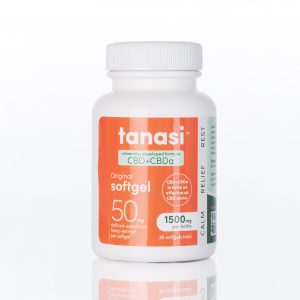
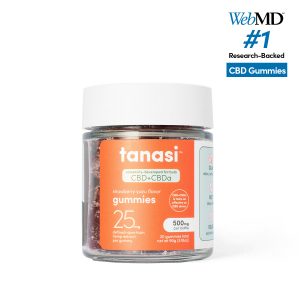 Bioavailability of CBD Consumption Methods.
Bioavailability of CBD Consumption Methods.